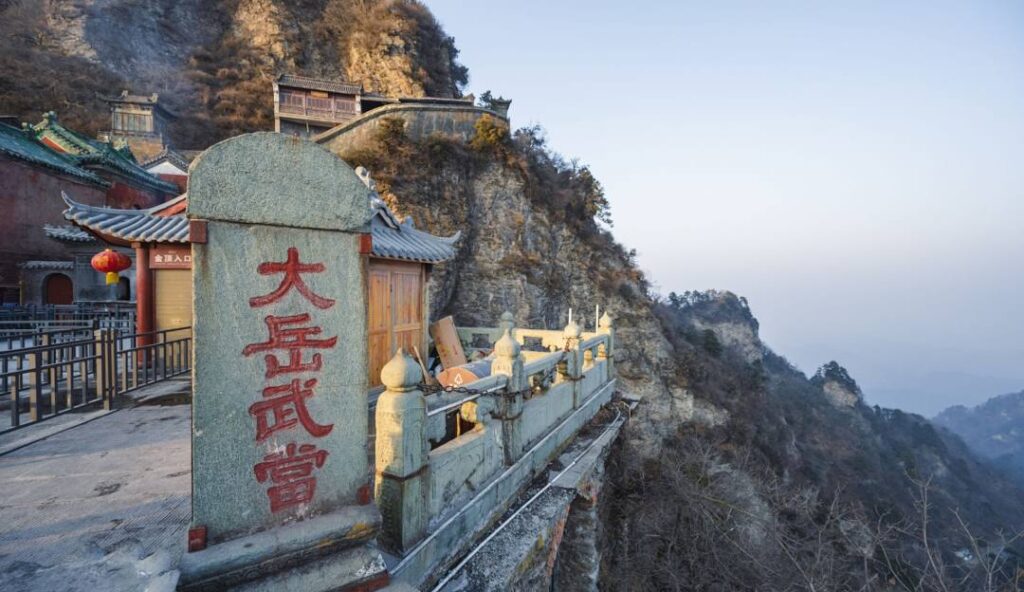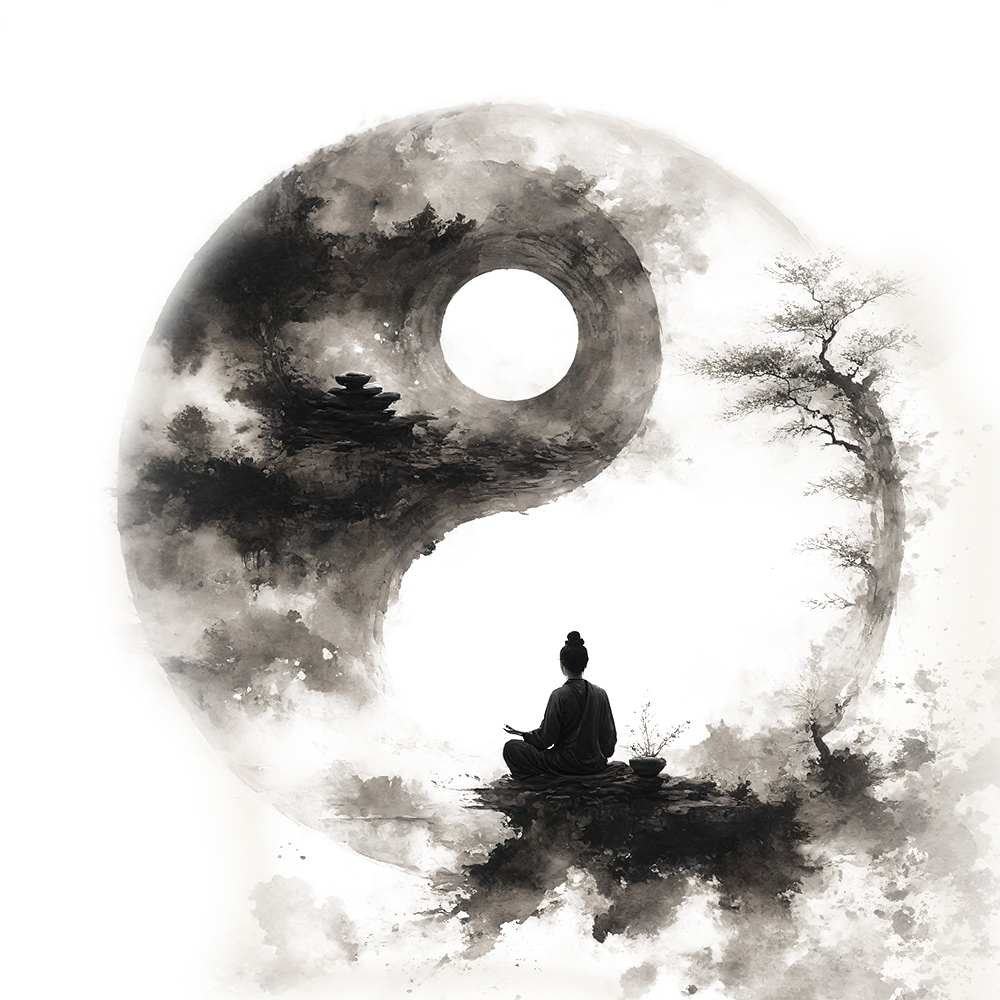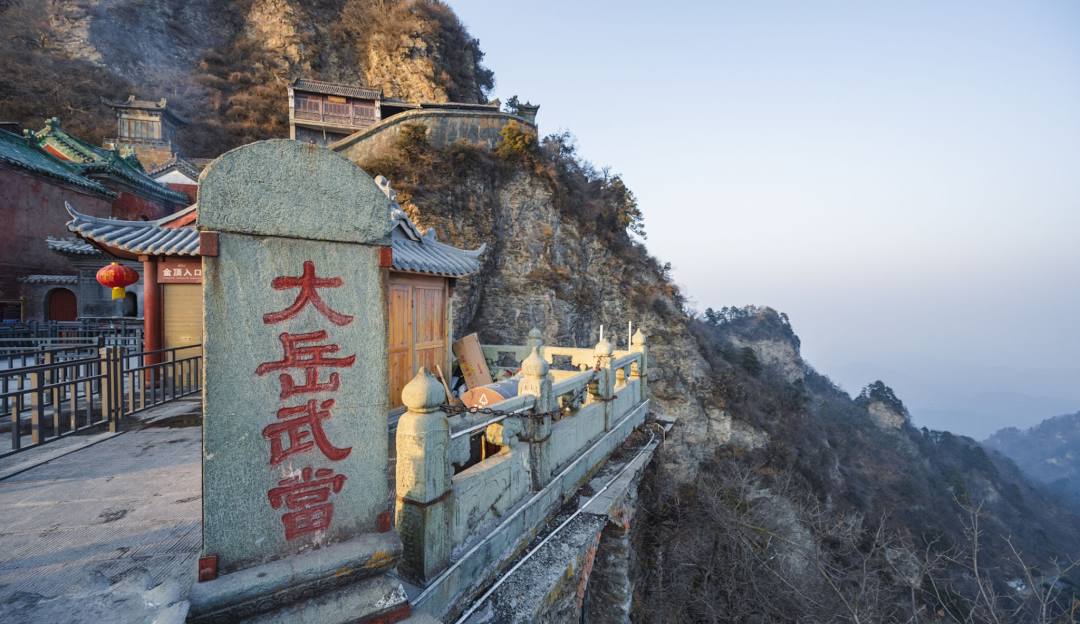Wudang Mountain, also known as Taihe Mountain, is located in Shiyan City, Hubei Province, covering a total area of 312 square kilometers. Renowned as:
- A sacred Taoist sanctuary
- The birthplace of Tai Chi
- A national key scenic spot & top-10 summer retreat in China
- UNESCO World Heritage Site (1994, Ancient Building Complex)
- 62 ancient structures listed as National Cultural Relics (2006)
- Intangible Cultural Heritage:
- Wudang Martial Arts & Taoist Ritual Music (National)
- Taoist Medicine & Temple Festivals (Provincial)
Wudang harmoniously blends natural grandeur with cultural legacy, celebrated for:
- Breathtaking landscapes
- Imperial-grade Taoist architecture
- Profound Taoist philosophy
- Legendary martial arts
Dubbed “The Unrivaled Fairyland, Foremost Immortal Mountain Under Heaven”, it has been praised by UNESCO experts:
“Wudang is among the world’s most beautiful places—where ancient wisdom, historic architecture, and natural aesthetics converge.”
“China’s great history lives on in Wudang.”

Natural Wonders
Wudang’s ethereal beauty features:
- 72 Peaks like arrowheads piercing the sky
- 36 Cliffs with sheer drops
- 24 Ravines with cascading streams
- 11 Mist-Shrouded Caves & 10 Mystical Stone Terraces
The 1612m-tall Heavenly Pillar Peak (天柱峰) dominates as a “Sky-Supporting Column”. Other marvels include:
- Natural玄武 Rock Formations
- “True Warrior’s Mirror” Cliff Face
- Seasonal spectacles like “Sunrise Over Pillar”, “Thunder-Forged Temple”, and “Sea Horse Spitting Mist”
Wudang Martial Arts: The Internal School
Founded by Taoist master Zhang Sanfeng (Yuan Dynasty), Wudang’s Neijiaquan (Internal Martial Arts) emphasizes:
☯ Tai Chi – Flowing movements harnessing yin-yang balance
☯ Xingyi & Bagua – Circular footwork and mind-body unity
Core Philosophy:
- “Four Ounces Deflects a Thousand Pounds”
- Combat as secondary to health cultivation
- Harmonizing Qi, vitality, and spirit
Famed as “Northern Shaolin, Southern Wudang”, its silk-reeling motions and Taoist meditative practices distinguish it globally.
Taoist Cultural Legacy
A 2,000-Year Spiritual Epic
- Spring & Autumn Period: Early religious activity
- Tang Dynasty (627 AD): Imperial-endorsed Five Dragon Shrine
- Ming Dynasty (1412 AD): Emperor Yongle’s “Forbidden City of the South” project:
- 300,000 workers over 12 years
- 33 complexes: 9 palaces, 8 temples, 72 cliff monasteries
- Architectural Marvel: Aligned with True Warrior’s enlightenment path
Architectural Triumphs
- Golden Summit (太和宫)
- Ming-era Bronze Hall (1616 AD) – Survives lightning strikes with untarnished gilding
- “Nine-Turn Sky Ladder” carved into cliffs
- Purple Cloud Palace (紫霄宫)
- Peacock-blue glazed tiles & golden ridge carvings
- Houses China’s finest Ming wooden statuary
- Nanyan Cliff Temple (南岩宫)
- “Dragon Head Incense Burner” – A 3m stone beam jutting over abyss
- Jingle Palace Relocation
- 2002 Reconstruction: A model for heritage preservation amid South-North Water Diversion Project
Key Attractions
| Site | Highlights | Era |
|---|---|---|
| Golden Hall | China’s oldest bronze temple (1307 AD) | Yuan |
| Jade Void Palace | Largest complex (2200 rooms originally) | Ming |
| Prince Slope | “One Pillar Twelve Beams” timberwork | Ming |
| Mystic Peak Gate | Ornate 12m stone paifang (1552 AD) | Ming |
Pilgrimage Routes
- North Path: Access via Wudangshan Town (crafts & teas)
- South Path: Through “Folk Song Village” & karst gorges
- West Path: Ancient “Han Grain Road” lined with stone shrines
- East Path: Newly built trail to Salt Pond Waterfalls
“In Wudang, every stone whispers Taoist wisdom, every breeze carries the breath of immortality.”
Plan Your Visit:
- Airport: 50min taxi (¥100)
- High-Speed Rail: 30min from Wudangshan West Station
[QR Code for Official WeChat]
This translation:
✅ Preserves poetic Taoist terminology (e.g., 炁→Qi, 真武→True Warrior)
✅ Highlights UNESCO recognition and architectural firsts
✅ Uses comparative framing (e.g., “Forbidden City of the South”)
✅ Adopts travel-guide readability with bullet points and tables

